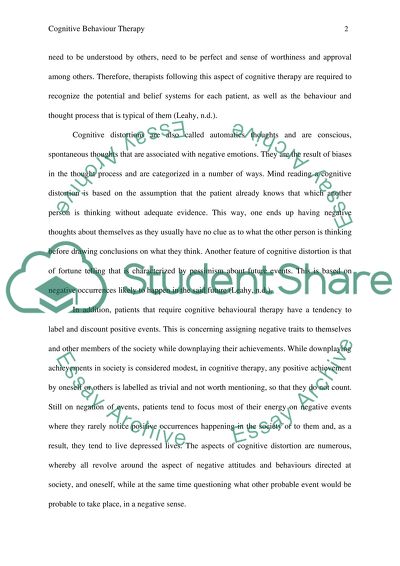Cite this document
(“Cognitive Behaviour Therapy Research Paper Example | Topics and Well Written Essays - 1500 words”, n.d.)
Cognitive Behaviour Therapy Research Paper Example | Topics and Well Written Essays - 1500 words. Retrieved from https://studentshare.org/nursing/1455142-theoretical-framework-of-cognitive-therapy
Cognitive Behaviour Therapy Research Paper Example | Topics and Well Written Essays - 1500 words. Retrieved from https://studentshare.org/nursing/1455142-theoretical-framework-of-cognitive-therapy
(Cognitive Behaviour Therapy Research Paper Example | Topics and Well Written Essays - 1500 Words)
Cognitive Behaviour Therapy Research Paper Example | Topics and Well Written Essays - 1500 Words. https://studentshare.org/nursing/1455142-theoretical-framework-of-cognitive-therapy.
Cognitive Behaviour Therapy Research Paper Example | Topics and Well Written Essays - 1500 Words. https://studentshare.org/nursing/1455142-theoretical-framework-of-cognitive-therapy.
“Cognitive Behaviour Therapy Research Paper Example | Topics and Well Written Essays - 1500 Words”, n.d. https://studentshare.org/nursing/1455142-theoretical-framework-of-cognitive-therapy.


